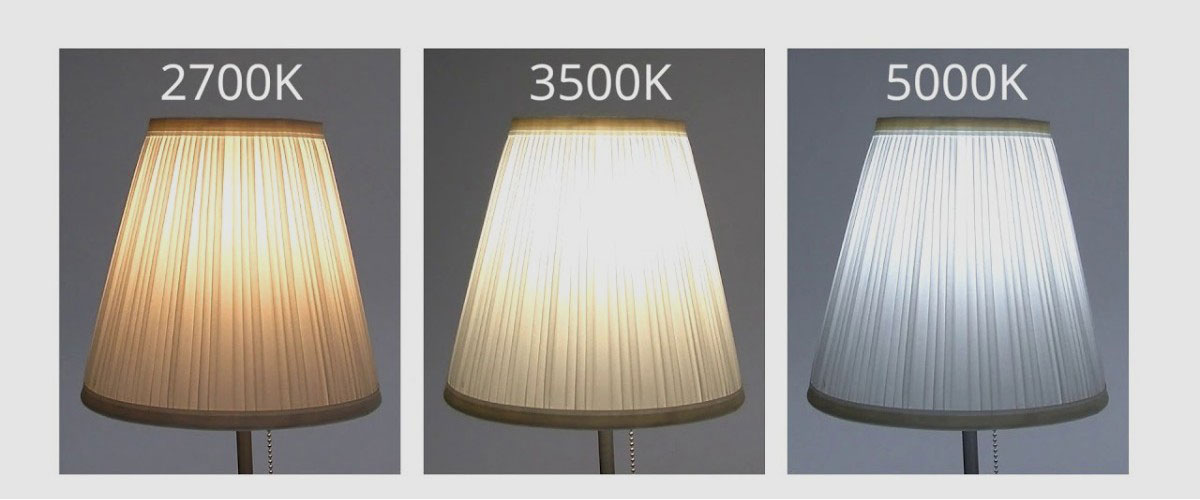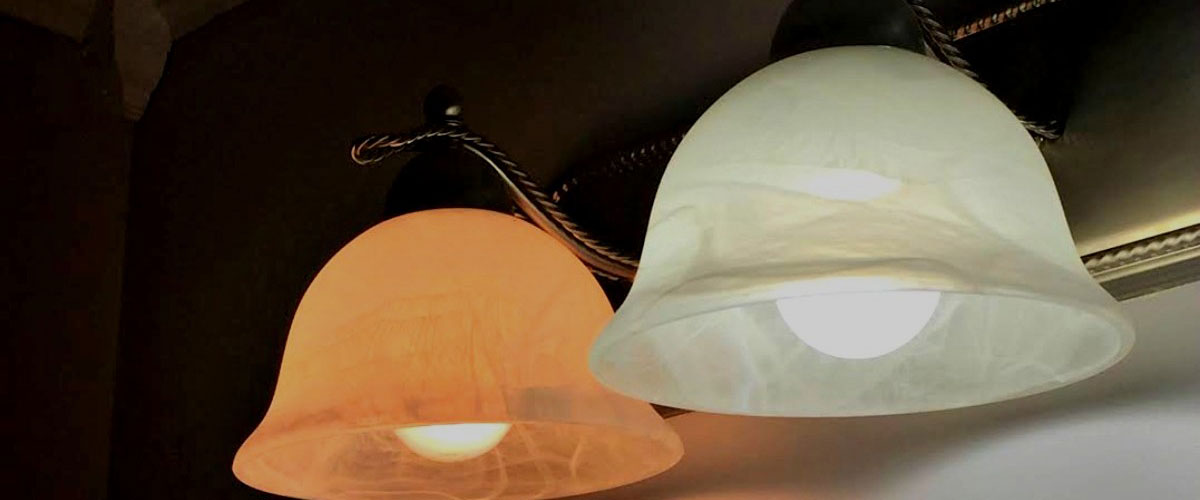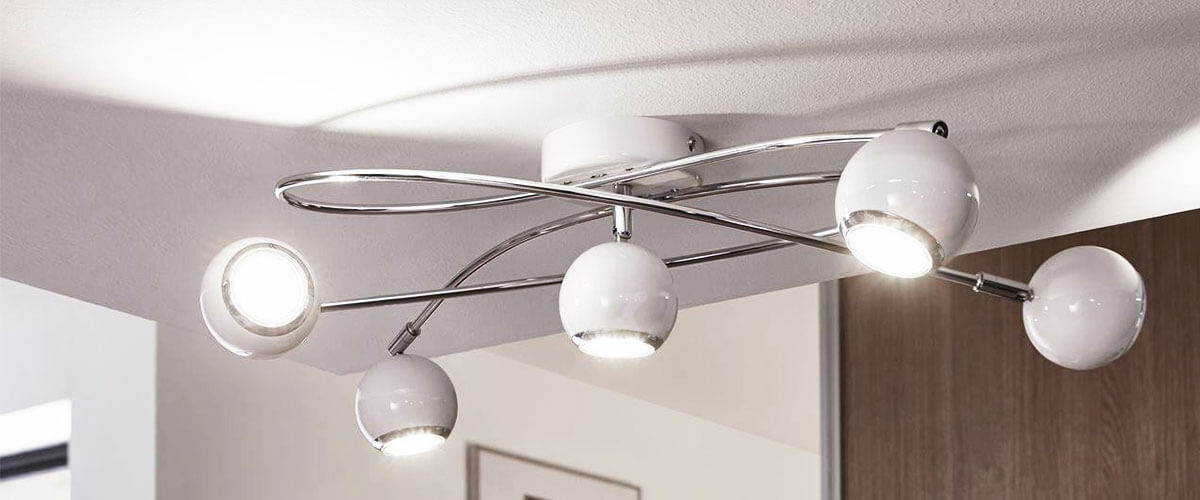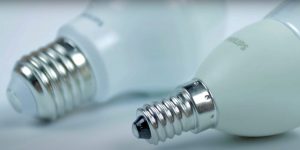When it comes to lighting, there are a lot of choices to make. Do you want LED or incandescent bulbs? What kind of light fixture do you prefer? But one of the most common questions people have is about natural light and daylight bulbs. Are they the same thing? And if not, what’s the difference? Here’s everything you need to know.
What is a daylight bulb?

A daylight bulb is a type of light bulb that emits bright, white light. It is similar to the light you would see outside on a sunny day.
Daylight bulbs are often used in task lighting applications, like in a home office or workshop. They can also be used to mimic natural sunlight. This can be helpful for people who suffer from seasonal affective disorder (SAD)
What is a natural light bulb?
A natural light bulb is a type of light bulb that emits a warm, yellow light. It is similar to the light you would see during a sunrise or sunset.
These bulbs are often used to create a relaxing ambiance in a room. They can be used to highlight certain areas or to provide mood lighting. Natural light bulbs typically have a lower color temperature than daylight bulbs. This makes them give off a softer, warmer glow.
Difference between natural light and a daylight bulb

The main difference between natural light and daylight bulbs is the color of light they produce. Daylight bulbs produce a whiter light, while natural light bulbs produce a more yellowish light. It can be helpful when trying to create a certain mood or atmosphere in a room.
Different light colors can affect your mood and energy levels differently. For example, white light is known to be stimulating, while yellow light is more calming and relaxing. So, depending on what you’re looking for, you would choose a different type of light bulb.
Another difference between daylight bulbs and natural light bulbs is that daylight bulbs typically produce a brighter light. It means that daylight bulbs emit more blue light, which can be harsh on your eyes. A natural light bulb would be better if you’re looking for a softer, more gentle light.
The difference in Kelvin light colors
The light emitted by a bulb is measured in Kelvin (K). The lower the Kelvin rating, the warmer the light will be. For example, a 2700K light bulb will produce a warm, yellow light. A 6000K light bulb will produce a bright, white light.
So, when it comes to natural light vs daylight bulbs, the main difference is the Kelvin rating.
- Daylight bulbs have a higher Kelvin rating, emitting a brighter, whiter light.
- Natural light bulbs have a lower Kelvin rating, which means they emit a softer, more yellow light.
What are the benefits of using daylight bulbs?

There are several benefits to using daylight bulbs:
- They can help to improve your mood and energy levels. The bright, white light is known to be stimulating and can help you to feel more alert and awake.
- Daylight bulbs can help to reduce eye strain and fatigue. They emit a higher amount of blue light, which is known to be less harsh on your eyes than other colors of light.
- Daylight bulbs are good for improving your overall sleep quality.
Research has found that being exposed to bright light during the day can help regulate your body’s natural sleep-wake cycle. So, if you’re looking for a light bulb that can help you feel more energized and alert during the day, then a daylight bulb would be a good choice.
What are the benefits of using natural light bulbs?
As we mentioned before, natural light bulbs emit a warm, yellow light. This type of light is known to be calming and relaxing. So, if you’re looking for a light bulb that can help you wind down at the end of the day, then a natural light bulb would be a good choice.
Additionally, natural light bulbs can also help to improve your sleep quality. Studies have shown that exposure to dim, yellow light in the evening can help to regulate your sleep-wake cycle. If you are looking for a light bulb that will help you get a good night’s sleep, then you should choose a natural light bulb. In conclusion, there are several different types of light bulbs to choose from. In addition, each type of light bulb has its own unique set of benefits. When choosing a light bulb, it is important to think about what you want in a light bulb and what type of light is best for you.
We are supported by our audience. When you purchase through links on our site, we may earn an affiliate commission at no extra cost to you.
Our newsletter
* We will never send you spam or share your email with third parties


